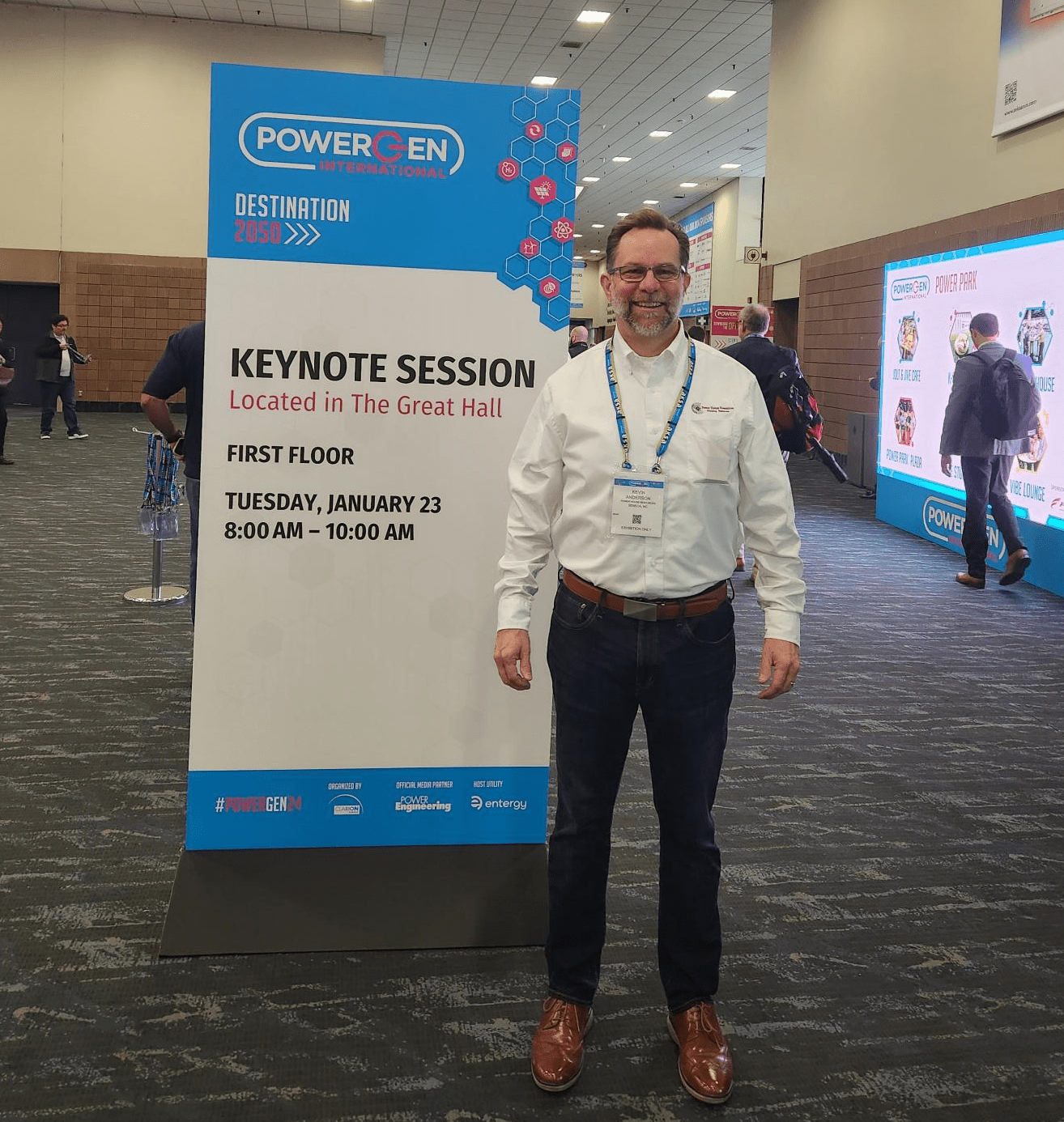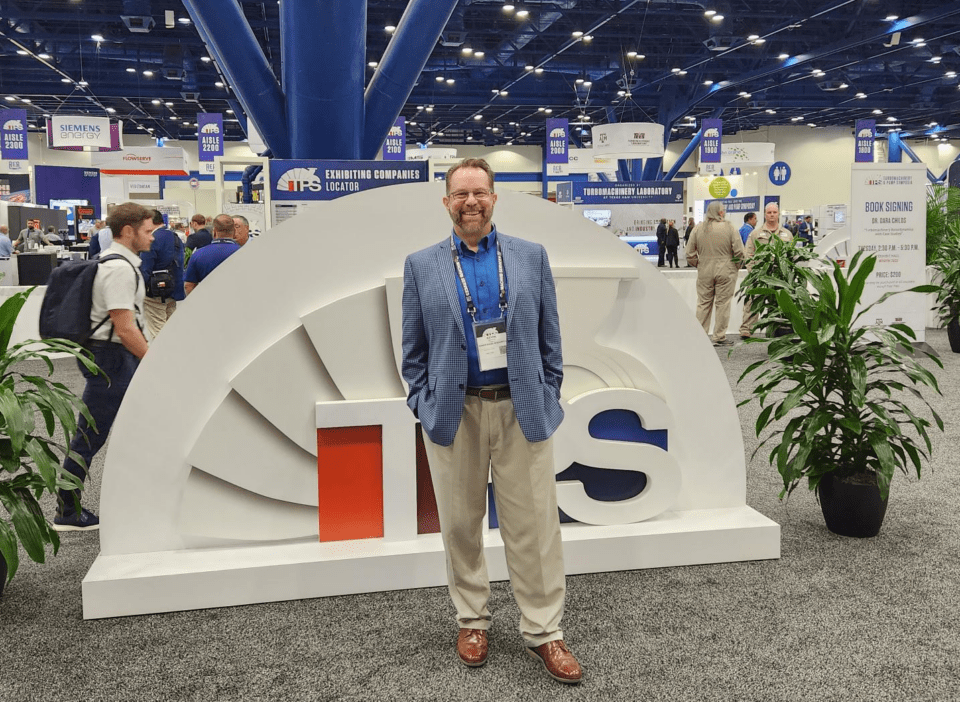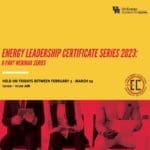At some point, those who have traversed the rough waters of career longevity have experienced layoffs and cutbacks. Suddenly, being thrust into the world of unemployment leaves a highly uncomfortable and nerve-wracking feeling that must be endured while seeking new employment. For most, securing employment is the first step of corrective action, but developing and implementing a backup plan becomes a priority. The motivation to never again be without an income stream drives the need for what has become known as the Plan B.
Kevin Anderson, President and CEO of Power House Resources, a heavy industrial craft staffing firm, embraced the significance of the Plan B early in his career. He, however, views it from a different vantage point as opposed to others and sees that its importance is rooted in the importance of supporting an alternate decision and the impact it has in adding value to the individual’s career.
“I think the lightbulb moment that clicked with me somewhere in my thirty-year career is that if the company cannot provide my career path, then it would be my responsibility to do it and make myself valuable,” says Anderson.
In his blog, Plan B, Anderson describes Plan B as more than a safety net and focuses on resilience and acceptance fueled by initiative-taking. He said, “Embracing a Plan B ensures you’re not just surviving but thriving amid change, maintaining a sense of control over your professional narrative.”
According to Anderson, taking control is the key to success and is rooted in personal responsibility. While the Plan B helps prepare the individual for unforeseen challenges, it allows for the ability to seize unexpected opportunities by continuing education, gaining certifications, and embracing opportunities to expand the skill set. An individual bolsters worth in the eyes of the employer. The responsibility, however, should not lie solely with the employee. Instead, the employer has to blame as well.
“Transitioning to a leadership role, I’ve recognized the importance of a partnership between employers and employees,” says Anderson in his blog. “Fostering a workplace culture that encourages open communication about career aspirations is paramount. Sharing my journey with my team has sparked positive shifts, emphasizing the idea that a Plan B isn’t about abandoning ship but about strategic preparation.”
Employees should capitalize on all opportunities that increase value. Training and certifications added to the portfolio show current and prospective employers that the employee possesses an abundance of skills and indicate that the person is trainable. Anderson says employees should always capitalize on employer-provided opportunities to add value to themselves, but they must be prepared to fill the void when those opportunities are not offered.
“The Plan B could be a synergetic opportunity between employer and employee, but in most situations, the employer fails to recognize the value of training the employee, so frustration festers,” says Anderson.
For many, lack of training and educational opportunities fosters a diminishing morale, leading some to seek employment elsewhere or “jump ship,” commonly referred to in the workplace. Anderson suggests the employee attempt to facilitate those opportunities privately before making a job shift. Additionally, Anderson clarifies that this does not relieve the employee from personal responsibility.


“The employee still has a responsibility to do their part,” says Anderson. “You, as an employee, might have to provide your TWIC, calipers, or craft tools. It is not all on the employer.”
The employer and employee dynamic is robust and multi-faceted. Even in an ideal scenario where the employer invests in each employee’s career development, sometimes the employee needs to recognize the opportunity and refrain from taking advantage of what is offered. Anderson reasons the workforce must rise above the routine. Monotonous day-to-day activity can thwart excitement. This predicament must be combatted with increased energy levels and by fostering a high morale and positive outlook. Learning new skills and expanding knowledge empowers all to contribute to a solid corporate culture.
“By encouraging employees to explore topics beyond their immediate responsibilities, organizations can create a dynamic and interconnected workforce,” says Anderson in the blog. “This approach enhances individual skill sets and facilitates cross-functional understanding, contributing to a more collaborative and innovative workplace.”
While some companies might not offer continuing education programs, those cross-functional opportunities Anderson described are valuable. Companies that select employees to cross-train provide internal opportunities to increase knowledge and the employee’s value to the company. Often, though, employees must identify that value and the investments made in their careers when cross-training opportunities happen.
According to Anderson, Plan B is a blueprint that the employee should follow. While company ownership and proprietary information cannot be boxed up for the individual’s career shift, the employee can take the knowledge learned. The more learned, the stronger and more effective the Plan B will become. If a career shift is desired, Anderson warns many considerations should be analyzed. Unhappiness, marginal self-worth, and other issues are typically not rectified by securing new employment.
“Personal issues will follow an employee from one company to the next,” says Anderson. “The grass is not always greener on the other side.”
Anderson suggested a hefty dose of self-reflection before enacting a career shift. Sometimes, the problems surrounding an employee are not employer-driven but individually fueled instead. Those must be repaired for any forward movement to be gained. Identifying those problem points can allow the employee to catalyze a repair of oneself. Once those self-reflections and repairs come to fruition, then the career shift possibility can be investigated and acted upon wisely.
After applying that help to self-diagnosis, Anderson says that some employees may still be inspired to make a career shift due to monetary restraints. Happiness in the workplace certainly makes for a healthier career, and a Plan B serves as a blueprint to make that potential a realistic possibility. More investment made in the employee, no matter by whom, arms the employee with more tools to accomplish happiness in the workplace.
Anderson additionally points out that those monetary restraints sometimes reign as a strong enough force to influence an exit from the current workplace. Bills must be paid, and families’ well-being must be ensured. So, when trying to decide what drives a career, deciding between money and happiness is not always possible.
“If you can do what you love to do, and it gives you a sense of purpose or value, and you can be well compensated for that, then ultimately that is what you should do,” says Anderson.
A strong Plan B resembles a robust retirement count. If contributions are made consistently and started early in a career, the reward is more significant when retirement arrives. The same can be said for a Plan B. Making an early contribution to self in the workplace and consistently trying to improve will allow for continued growth and intensity in value.
For the next wave of young people entering the workforce, Anderson offers the reminder to start now when developing a Plan B and refraining from waiting for an unexpected event that changes one’s destiny. Employees should strive to create their destiny but be careful in navigating the waters of the workplace.
“You have now entered the workforce and it is important to understand your college degree ensures you are trainable and not necessarily an expert in your field,” says Anderson. “Career can be political and clickish. You must learn how to survive in the workplace community. Businesses make money, and you are there to make them profitable.”
Headline photo: Kevin Anderson, CEO and President of Power House Resources, is pictured attending the 2023 Turbo Machinery Symposium in Houston, TX.
Nick Vaccaro is a freelance writer and photographer. In addition to providing technical writing services, he is an HSE consultant in the oil and gas industry with twelve years of experience. Vaccaro also contributes to SHALE Oil and Gas Business Magazine, American Oil and Gas Investor, Oil and Gas Investor, Energies Magazine and Louisiana Sportsman Magazine. He has a BA in photojournalism from Loyola University and resides in the New Orleans area. Vaccaro can be reached at 985-966-0957 or nav@vaccarogroupllc.com.









